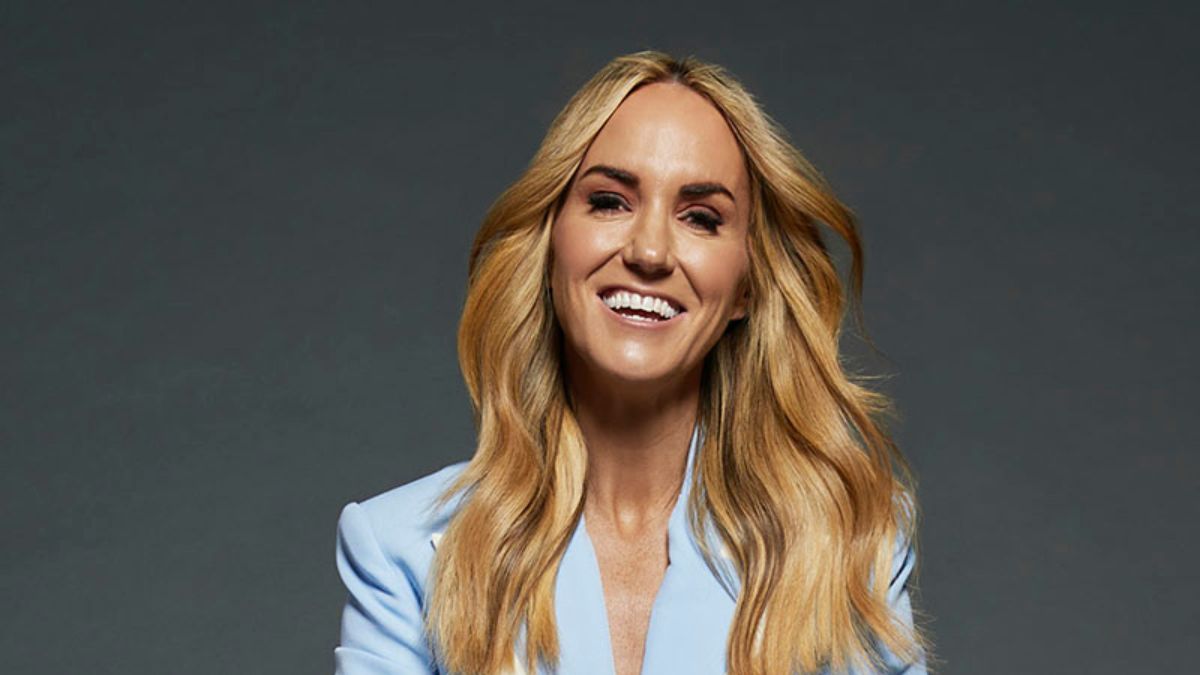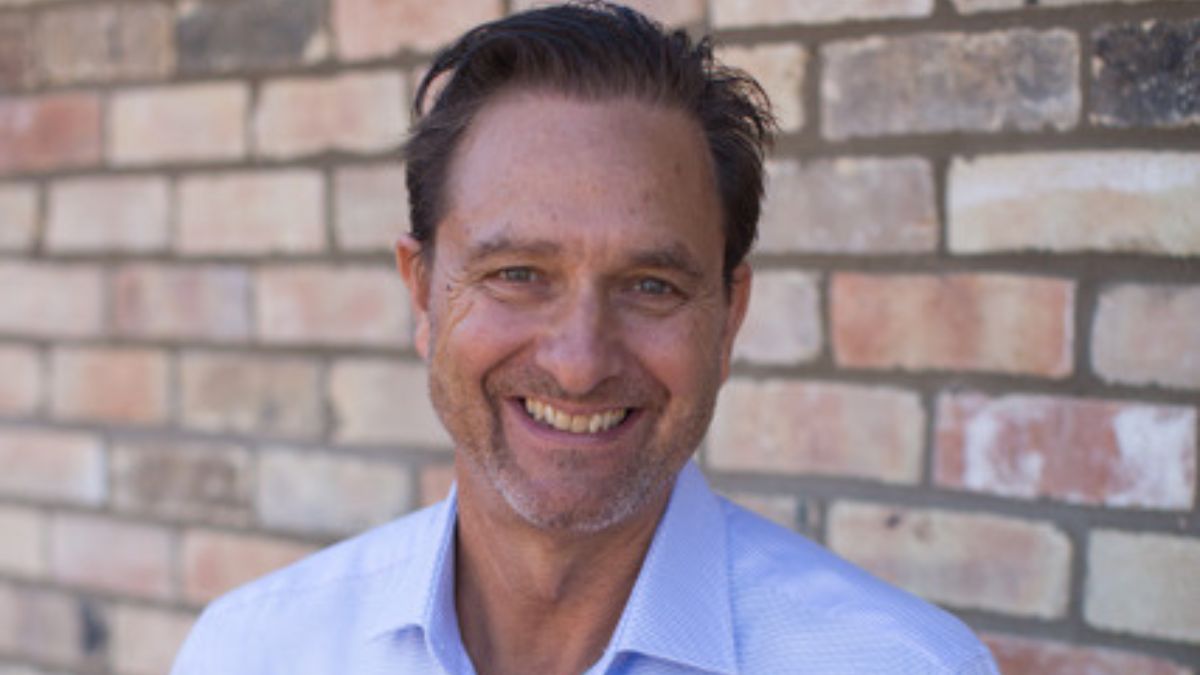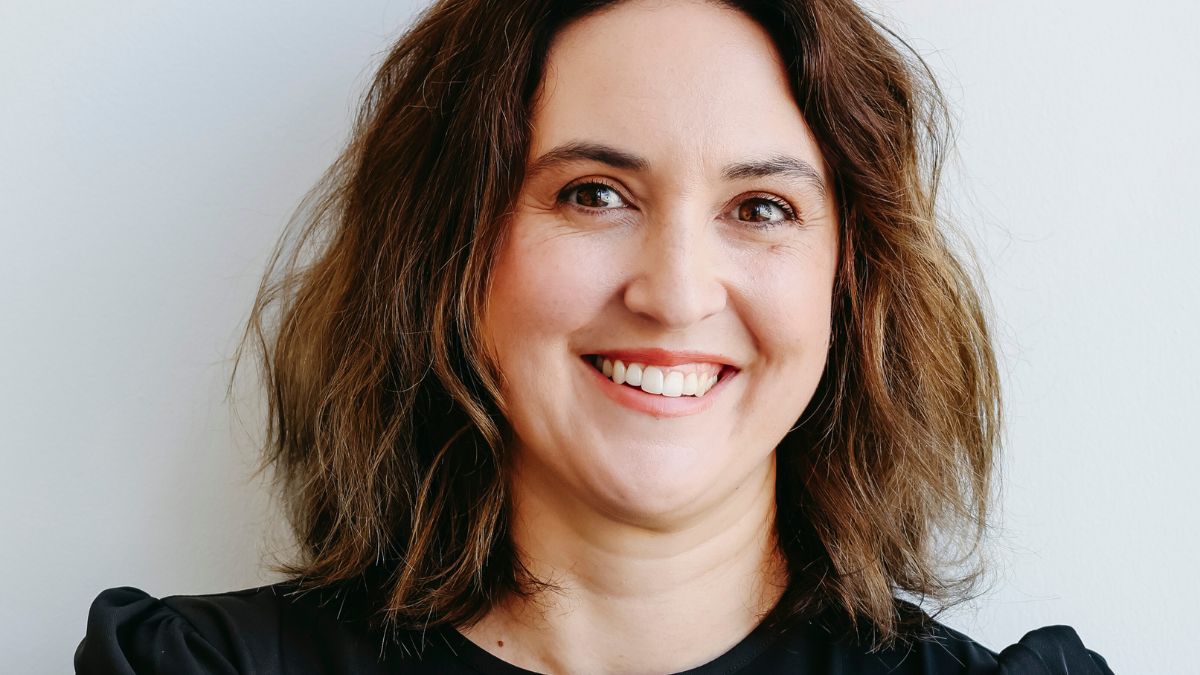You Say You Want More Customers. Are You Sure You’re Ready for Them?
It’s the single most common desire I hear from entrepreneurs. It’s the goal behind every marketing plan, the reason for every late night, and the prayer whispered before every product launch.
"I just need more customers."
When founders walked into the Shark Tank, it was often the core of their pitch. "With your investment, we can reach more customers." "Our plan is to acquire 100,000 new customers in the next year." On the surface, it’s the most logical goal in the world. Customers equal revenue. Revenue equals growth. End of story.
But I’m going to challenge you. I want you to stop for a moment and question that fundamental assumption. Because after decades of building businesses like RedBalloon, investing in dozens more, and co-founding Big Red Group, I’ve learned a powerful, and sometimes painful, truth: Chasing more customers before you are ready for them is the fastest way to kill your business.
Getting more customers is not the goal. The goal is to acquire and retain profitable customers, delight them so they become advocates, and do it all through a system that is sustainable and scalable.
This is such a critical, foundational topic—one that separates the businesses that thrive from those that burn out—that I dedicated an entire podcast episode to unpacking it.
[Listen now to the full, in-depth discussion: You Want More Customers?]
Today, I want to walk you through the framework I use to answer this question. Before you spend another dollar on marketing or a single minute chasing a new lead, you must be brutally honest with yourself about these three things.
The Leaky Bucket Problem - Fix Your Foundation First
I want you to imagine your business is a bucket. The water you pour into it represents your new customers. Now, imagine that bucket is riddled with small holes. The holes are a clunky website, slow customer service, an inconsistent product, or a confusing onboarding process.
You can spend all your time and energy hauling water and pouring it into the top, but the bucket will never get full. You’ll be working constantly, feeling "busy," but making no real progress. The water just keeps leaking out.
This is the reality for so many businesses. They spend a fortune on Google Ads, social media campaigns, and PR—all pouring water into the top—while their existing customers are having a poor experience and leaking out the bottom, never to return.
The most expensive customer you will ever acquire is the one who buys once and never comes back.
Why? Because you paid the full cost to get them in the door (your Customer Acquisition Cost, or CAC) and got only a fraction of their potential lifetime value (LTV). Worse still, an unhappy customer doesn't just leave quietly; they often tell ten other people about their bad experience, actively damaging your reputation and making it even harder to attract new customers.
Before you chase a single new customer, you must plug the leaks.
- Map Your Current Customer Journey: Go through the entire process of being your own customer. From the moment they land on your website to the checkout process, the product delivery, and the follow-up email. Where is the friction? Where is it confusing? Where could it be better?
- Talk to Your Existing Customers: Call your recent customers. Ask them for their honest feedback. "What did you love about the experience?" "What was the one thing that nearly stopped you from buying?" "On a scale of 1-10, how likely are you to recommend us?" If the answer to that last question isn't a 9 or a 10, ask "What would it have taken to make it a 10?"
- Invest in Retention: A 5% increase in customer retention can increase profitability by 25% to 95%. Focus on delighting the customers you already have. They are your most valuable asset. A happy, loyal customer is the cheapest and most powerful marketing channel on earth.
Only when your bucket is watertight are you ready to open the floodgates.
"Everyone" is Not Your Customer - The Power of Knowing Your "Who"
The second biggest mistake businesses make when they want more customers is trying to be everything to everyone. They create bland marketing with generic messaging, hoping to appeal to the widest possible audience. The result? They end up appealing to no one.
If you are marketing to everyone, you are marketing to no one.
Your product is not for everyone. And that is a wonderful thing. It means you can focus your limited time, money, and energy on the specific group of people who need what you have the most. This is your Ideal Customer Profile (ICP).
When I started RedBalloon, our ICP wasn't "people who buy gifts." It was much more specific. It was often a busy professional woman, short on time but wanting to give a thoughtful, meaningful gift to a loved one—a gift that created a memory, not more clutter.
Knowing this allowed us to focus. Our marketing messaging spoke directly to her values (thoughtfulness, connection, saving time). Our website design was clean and easy to navigate. The experiences we chose were curated for that audience.
When you know exactly who you are talking to, everything becomes easier and more effective:
- Your Marketing Becomes Magnetic: Your ad copy, blog posts, and social media content will resonate deeply because it speaks directly to their pain points and aspirations.
- You Save a Fortune: You stop wasting money on advertising channels your ideal customer never uses. You can target your ads with pinpoint accuracy, dramatically lowering your acquisition costs.
- Your Product Gets Better: By focusing on the needs of a specific group, you can refine your product to be the perfect solution for them, rather than a mediocre solution for everyone.
Actionable Step: Spend two hours this week creating a detailed, one-page profile of your perfect customer. Go beyond demographics (age, location). Dive into their psychographics. What books do they read? What podcasts do they listen to? What are their biggest fears and greatest dreams? What keeps them up at night? Give this person a name. Before you make any marketing decision, ask yourself: "Would [Your ICP's Name] love this?"
From Hunter to Farmer - Building a Sustainable Growth System
There are two ways to approach getting customers. You can be a hunter, or you can be a farmer.
The hunter wakes up every morning and has to go out and find something to kill. It’s about chasing individual leads, pounding the pavement, and relying on brute force. It’s exhausting, unpredictable, and not scalable. If the hunter gets sick for a week, the family doesn't eat.
The farmer, on the other hand, doesn't chase. The farmer builds a system. They prepare the soil, plant the seeds, irrigate the fields, and build fences to protect their crops. They create a predictable, scalable system that yields a harvest season after season.
Too many founders are stuck in hunter mode. They are addicted to the thrill of the chase. To truly grow, you must transition to the mindset of a farmer. You must build a customer acquisition system. This system is often called a sales funnel or a customer journey, and it has distinct stages:
- Awareness (Planting Seeds): How do people who have never heard of you discover that you exist? This is the top of your funnel. It could be through valuable blog posts (like this one!), appearances on podcasts, social media content, PR, or targeted ads.
- Consideration (Nurturing the Seedlings): Now that they know you exist, how do you build trust and demonstrate your expertise? This is where you offer a lead magnet like a free guide or checklist, host an educational webinar, or share detailed case studies and testimonials. You are proving you can solve their problem.
- Conversion (The Harvest): You've earned their trust. Now you must make it easy and compelling for them to buy. This means a clear call-to-action, a simple and secure checkout process, and perhaps a special offer to encourage a decision.
- Loyalty & Advocacy (Reseeding for the Future): The journey doesn't end at the sale. This is where you plug your leaky bucket. Through exceptional service, thoughtful follow-up, and community building, you turn a one-time buyer into a repeat customer and, eventually, a raving fan who becomes a volunteer member of your sales team.
Building this system takes time and strategic thought, but once it's running, it generates leads and sales predictably and profitably, freeing you up to work on the business, not just in it.
Ready to Build Your System?
We've covered the high-level strategy here: fix your bucket, know your who, and build your system. But I know you want the nitty-gritty. On the podcast, my co-host David and I go deep into the "how." We discuss the practical steps for identifying your ideal customer, the key metrics you need to track to know if your funnel is working, and the most common mistakes businesses make when they try to scale their customer acquisition. It's a tactical, hands-on conversation designed to give you clarity and an immediate action plan.
If you're serious about not just getting more customers, but getting the right customers profitably, this episode is your essential next step. Listen now: You Want More Customers?
Growth Is a Consequence, Not a Goal
The desire for more customers is a good thing. It’s a sign of ambition and vision. But true, sustainable growth is not the result of chasing. It's the natural consequence of having an exceptional, leak-proof customer experience, a deep and empathetic understanding of a specific audience, and a robust, systematic approach to building relationships.
When you get these three things right, you stop chasing customers. They start seeking you out. And that is the foundation of a truly great business.






